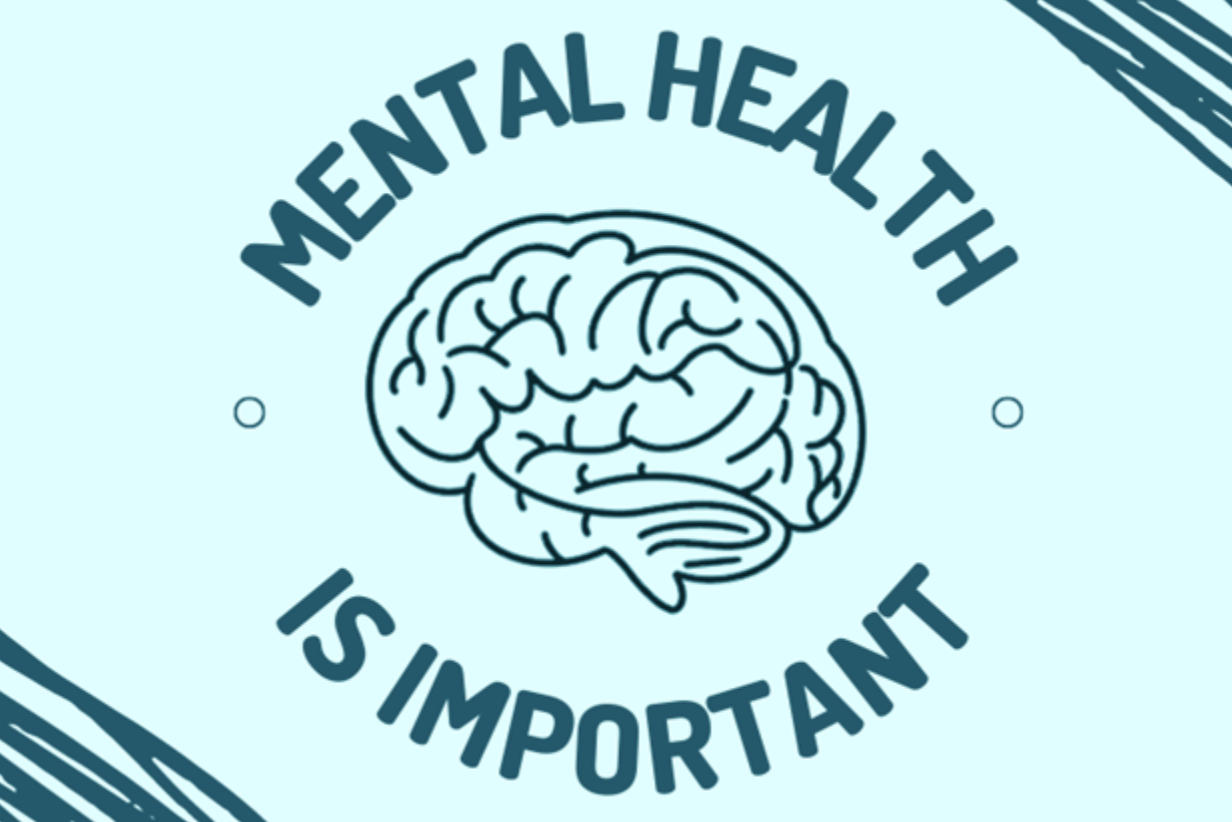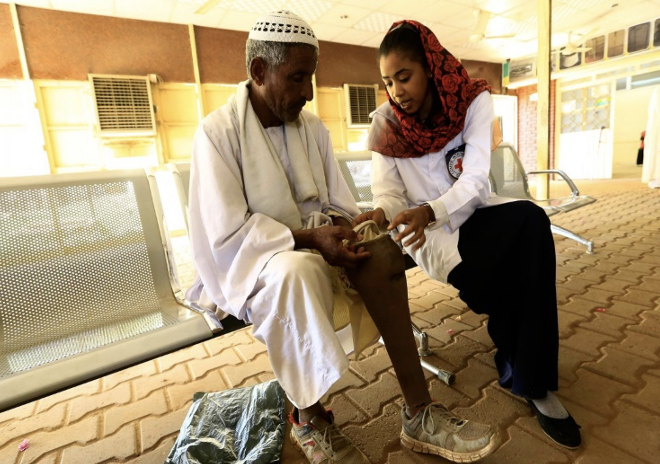By: Lydia Delgado
Personal Experience
I am so privileged to be a part of an Entry-level Doctor of Occupational Therapy (E-OTD) cohort that is empathetic and supportive. Without them, it would be very difficult for me to be successful. The ACEs in my past include abuse (sexual, emotional, and spiritual). I was admitted to the emergency room on my thirteenth birthday due to an overdose on Aspirin. After interviewing me, the doctor released me to my mother instead of contacting social services because he "trusted" her. I was twenty-four by the time I "escaped" my abusive environment. Unsurprisingly, I have had ongoing episodes of depression since I was eleven years old until now. After the birth of each of my babies, I experienced post-partum depression. My most recent depressive episode coincided with the birth of my second daughter in October 2023 while attending my doctoral program at UIC. It is important for me to share these experiences because statistically there is a substantial amount of people with high ACE scores. I am advocating for trauma-informed care and approaches in higher education because the mental health of students should not be minimized. While my past has been debilitating, I am resilient and capable. I also need extra support at times due to my intermittent episodes of depression. In the meantime, while work is still being done to advocate for TIC in higher education, I applaud the understanding and support my E-OTD cohort is extending to me. They are a vital bridge.
TIPS for Survival
· Music is a source of comfort to me. I listen to songs that motivate me to continue. Here is a link to a song that I'm listening to today. https://www.youtube.com/watch?v=WfUkEgG5rEk
· A community of trusted friends is vital. I need safe places to express negatively perceived emotions.
· I have reconnected with my faith. It is now a source of comfort and strength instead of a tool used to shame and control me.
Conclusion
I recently read the article, Understanding and applying trauma-informed approaches across occupation therapy settings, for a theory application paper that I wrote for my E-OTD program at UIC. When I started to evaluate my own experience as a graduate student, I must admit that in my experience, the mental health of students is not well supported in higher education. Additionally, the TedTalk: How Childhood Trauma Affects Health Across a Lifetime by Nadine Burke Harris is a pertinent challenging presentation on the effect of Adverse Childhood Experiences (ACE's) on overall health outcomes. Here is a link to the TedTalk. https://www.youtube.com/watch?v=95ovIJ3dsNk
Both mental and physical health are affected by trauma. It is my opinion, that given the prevalence of trauma (both past and present) in the lives of graduate students, higher educational facilities must learn to effectively incorporate both trauma-informed care (TIC) and a trauma-informed approach (TIA).
References
Fette, C., Lambdin-Pattavina, C., & Weaver, L. L. (2019). Understanding and applying trauma-
informed approaches across occupational therapy settings. OT Practice, 24(5), 35.
YouTube. (2015, February 17). How childhood trauma affects health across a lifetime | Nadine Burke Harris | Ted. YouTube. https://www.youtube.com/watch?v=95ovIJ3dsNk
YouTube. (2022, August 18). Rachael Lampa - perfectly loved (official lyric video) featuring TOBYMAC. YouTube. https://www.youtube.com/watch?v=WfUkEgG5rEk
















